-
Chance to win a real stone from Notre-Dame cathedral
A new competition is offering 50 stones as prizes. Here is how to enter
-
Photos: The 14 villages vying to be France’s favourite in 2025
See the full shortlist and vote for your favourite
-
Photos: The most welcoming towns in France named in new ranking
The French favourites include picturesque Provence and wine regions in both the north and south
‘France’s favourite village’: See 14 contenders for this year’s vote
Feast your eyes on the 2023 shortlist with criteria combining visual beauty and historical charm
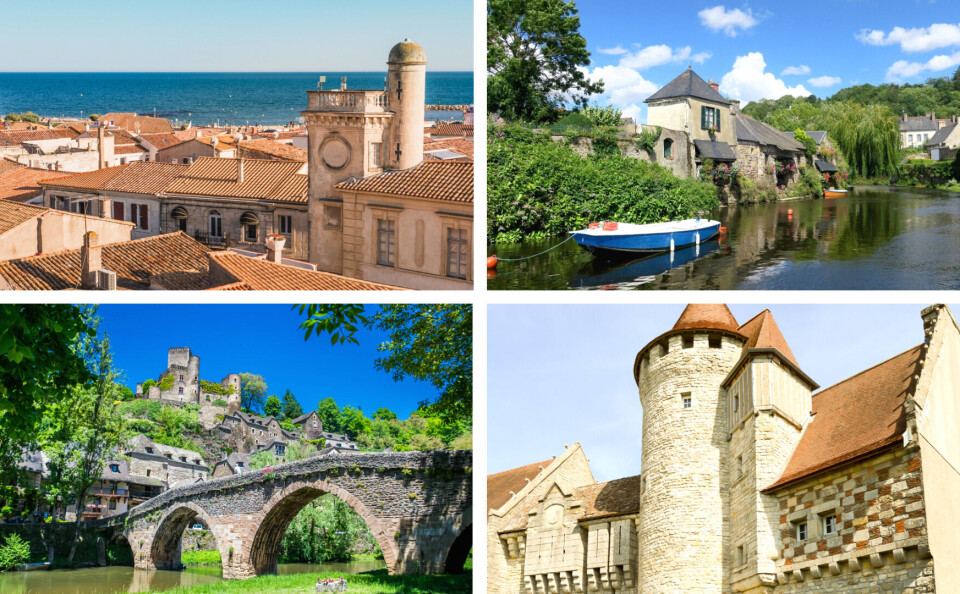
Voting for France’s favourite village is now open in the annual Village préféré des Français competition run by France 3.
Voting opened on February 20 and is set to end at midnight on March 10.
You can vote online or by calling 32 45 (within France). Calls cost €0.80 + your operator’s normal call cost.
The winner, and the full programme, will be shown on TV, animated by presenter Stéphane Bern.
Last year’s winner was Bergheim (Haut-Rhin, Grand Est), a 2,300-inhabitant village, which became the fourth village in Alsace to win the prize in recent years after Eguisheim (2013), Kaysersberg (2017) and Hunspach (2020).
Photos: 14 villages vie to be French favourite: which gets your vote?
Here is the full shortlist of 14 villages (in no targeted order).
Lavoûte-Chilhac, Auvergne-Rhône-Alpes
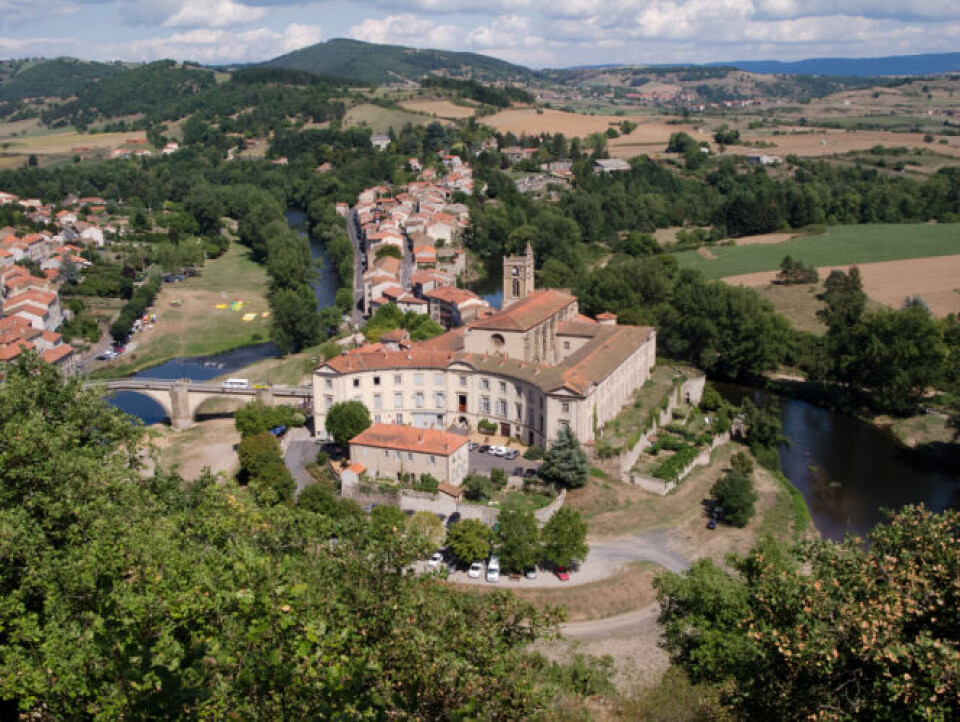
This Haute-Loire village has the river Allier running through it and has a historic priory building in the centre.
France TV said: “The terraces and winegrowers' houses on the rocky slopes overlook the mediaeval bridge in the form of a humpback with four arches. Classified as a historic monument, [the bridge] has been the only way to link the two districts of the village since its construction.”
Druyes-les-Belles-Fontaine, Bourgogne-Franche-Comté

This village impressed judges with its chateau fort that overlooks it, with history that goes back to the Middle Ages. There are monuments along the river (Druyes basin), including a Roman church and windmill.
It is also the hometown of Jean Bertin, inventor of the aerotrain, and Jean-Roch Coignet, Napoleon's famous soldier.
Pontrieux, Bretagne
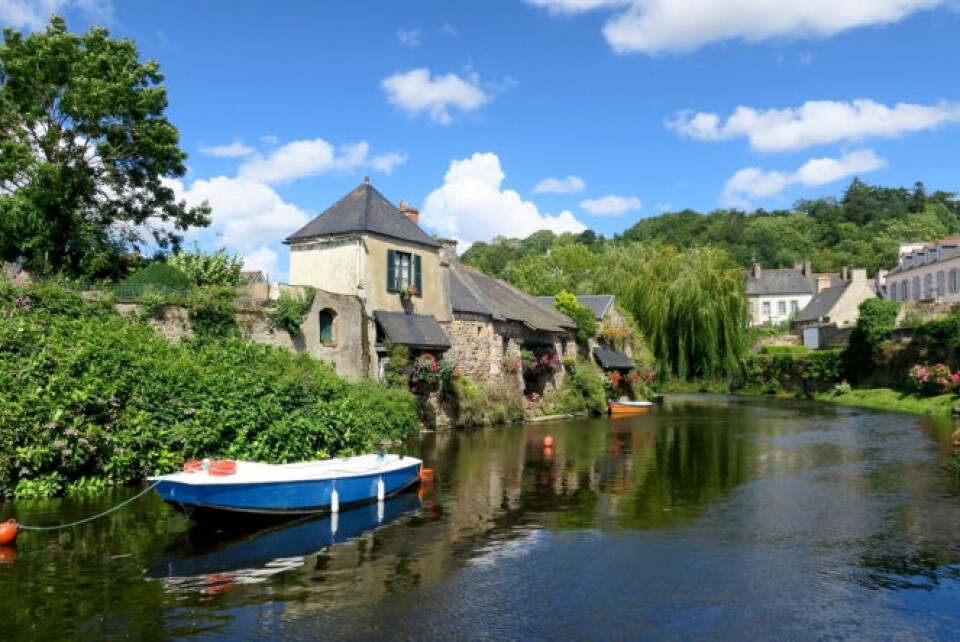
This village close to Saint-Brieuc has houses built in wood and stone and also has a fountain dating back to the 18th century. There is also a marina.
France TV said: “This small characterful town invites you to float along the river Trieux in a boat, to observe the 50 washhouses in bloom, which adorn the back gardens of the town.”
Beaulieu-lès-Loches, Centre-Val de Loire
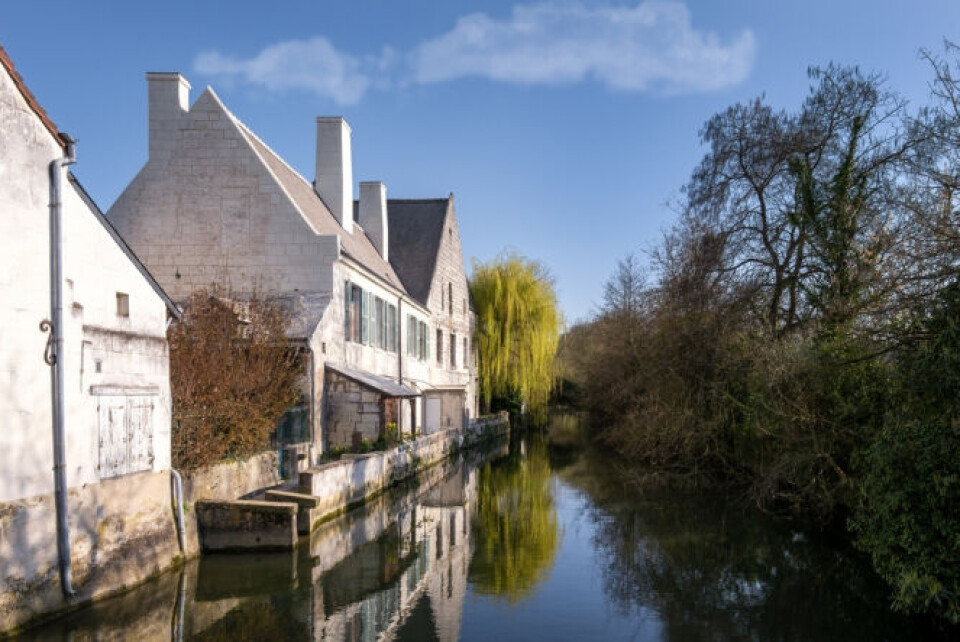
The small streets of this Indre-et-Loire village lead to “architectural treasures” like the large bell tower of the Saint-Pierre-Saint-Paul abbey church, or the Carroir des Templiers.
France TV said: "Beaulieu-lès-Loches is like a stroll back in time…[and] rich in outdoor activities.”
Lumio, Corsica
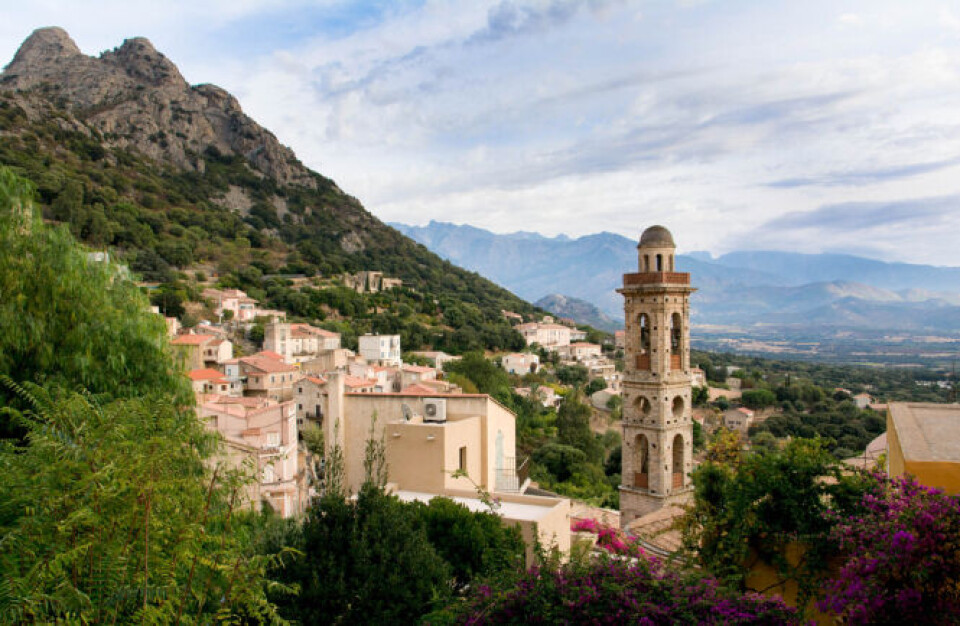
This village in the north of the island takes its name from ‘lume’, which means ‘light’ in Corsican.
Overlooking the bay of Calvi, it has pink granite houses and narrow streets and is close to the historical 15th century village of Occi.
France TV said: “This village offers an extraordinary panorama on numerous chapels and squares, as well as on the port of Lumio. Between the architecture and the beauty of the landscape, there is plenty to marvel at.”
Hattonchâtel, Grand Est
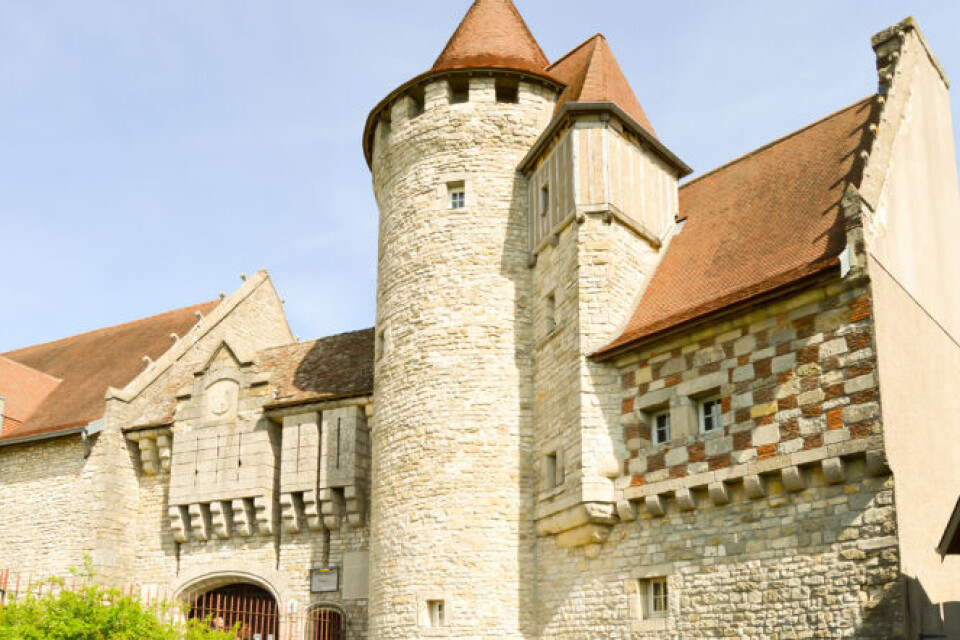
Hattonchâtel is a historical, mediaeval village, located only 33km from Verdun in Meuse. It was destroyed by order of Richelieu in 1634, and also suffered significant damage during World War One.
However, it has an American patron, which has enabled it to preserve much of its history, including its fortress, church, and cloister, which has stained glass windows by the artist Jacques Grüber.
France TV said: “The commune also offers splendid views.”
Esquelbecq, Hauts-de-France

Located 20km south of Dunkirk, and on the Yser river, Esquelbecq is a ‘typically Flemish village’ in Nord.
Since 2007, Esquelbecq has also been awarded the ‘village du livre’ label, and its many bookshops and booksellers regularly organise book nights and markets.
Its castle was rebuilt in the 17th century and has distinctive yellow and red bricks that are characteristic of Flanders architecture. France TV said that the village is “perfectly maintained and bordered by a garden adorned with centuries-old oak trees and a moat, which is the jewel of the town”.
Flagy, Île-de-France

This village is full of character, and includes a restored 13th-century mill, the Notre-Dame de Pitié church, and the Guermery farm, which has a spring flowing on its land.
Close to the Fontainebleau forest, France TV said that “Flagy is a haven of calm, culture and greenery in the heart of Seine-et-Marne", while still being less than 100km away from Paris. The Orvanne, a tributary of the Loing, borders the village.
Beaumont-en-Auge, Normandy
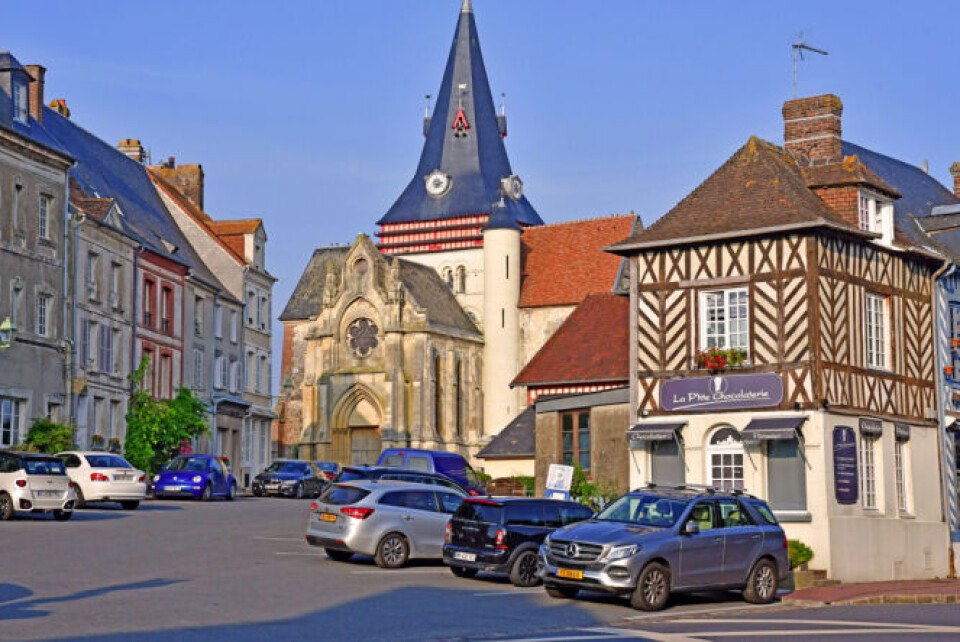
Beaumont-en-Auge, in the Pays d’Auge, is "considered one of the most beautiful villages in Normandy".
It has colourful half-timbered houses and homes in stone, brick and slate which "give it a warm atmosphere", France TV said.
It also has the church of Saint-Sauveur, a museum, and a historical washhouse, as well as a statue in honour of one of the village’s favourite sons: Pierre Simon Laplace, an early 19th century astronomer.
Belvès, Nouvelle-Aquitaine
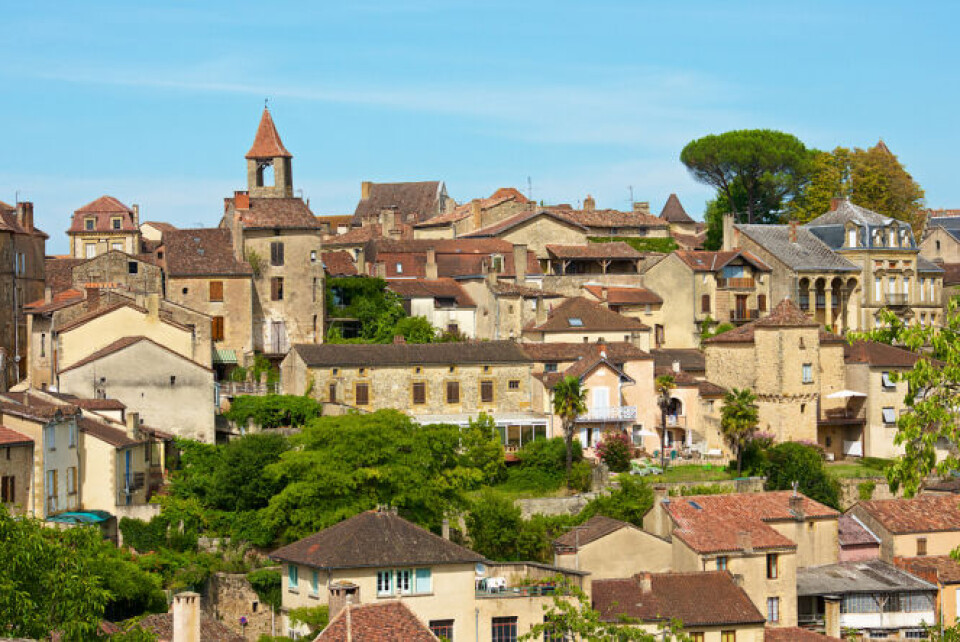
South of Dordogne, this village in the heart of Périgord Noir is “like a postcard” and offers “a magnificent panorama of the Nauze valley", said France TV.
The village was besieged many times during the 100 Years War and religious conflicts. It has a historical church, no fewer than seven bell towers, and a medieval hall made of wood. The castle has a dungeon, while the village hotel has a renaissance façade.
There are also troglodyte dwellings, which make the town “a historical and architectural jewel”, the production company said.
Belcastel, Occitanie
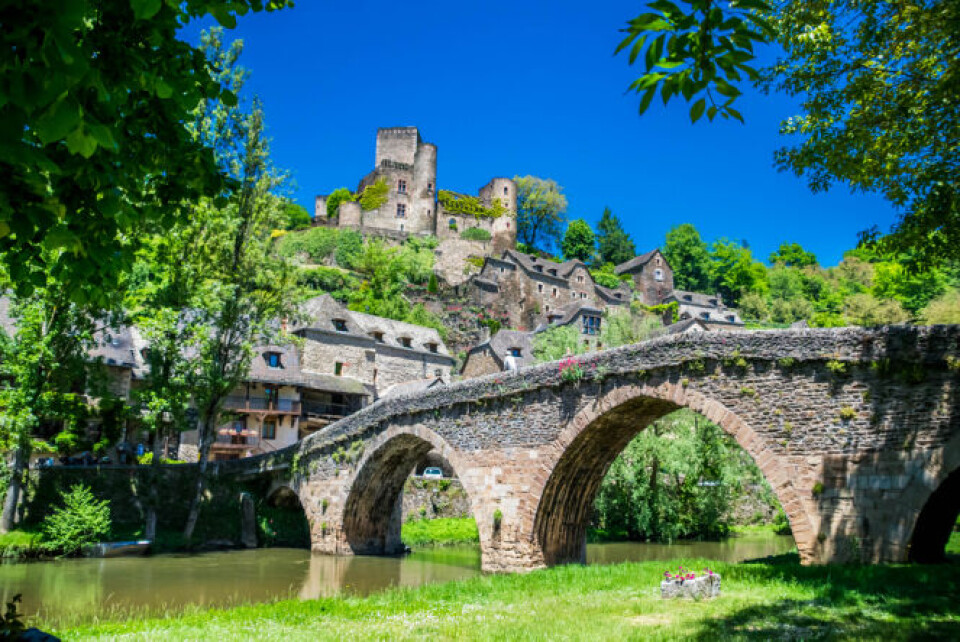
With the Aveyron running at the foot of the village under a Romanesque bridge, Belcastel also has a castle perched above it, looking over stone houses with slate roofs.
There is also the 15th century church of Sainte Marie-Madeleine, and an ancient fountain.
Lassay-les-Châteaux, Pays de la Loire
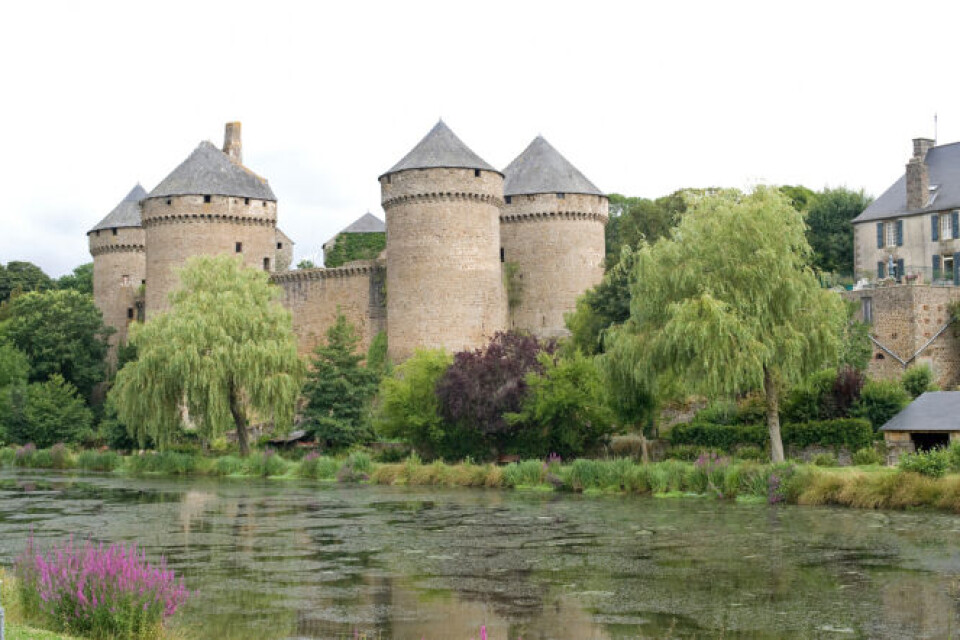
Named for the Lassay stream that runs alongside it, this Mayenne village has no fewer than three castles, including a 15th century fortified structure that is the only one in France to have retained its original eight towers.
“The former Benedictine convent, the Bois-Thibault castle and the rose garden with its 300 fragrances, add to the charm of the village," said France TV.
It also said that the village’s first resident, the hermit Fraimbault, inspired the famous character Lancelot du Lac, who is a prominent knight in the legend of King Arthur.
Saintes-Maries-de-la-Mer, Provence-Alpes-Côte d’Azur
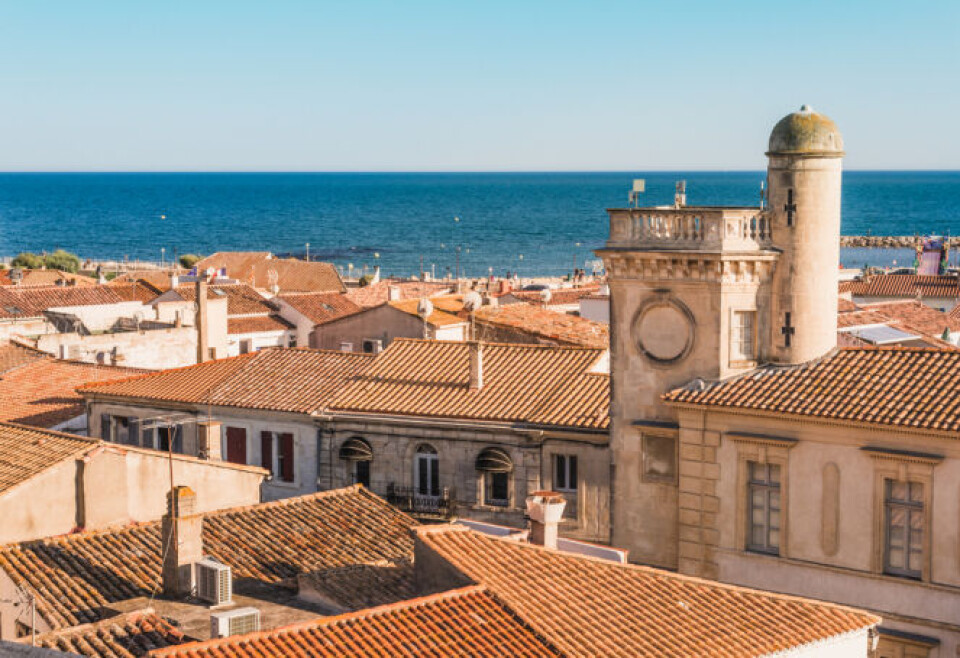
Found in the Camargue nature park, in Bouches-du-Rhône, this village sits on the Mediterranean coast, and welcomes more than 10,000 tourists and travellers each year.
The village has a rich heritage, including an imposing fortified church, and remarkable Provençal farmhouses, states France TV.
It added that “the architecture and the buildings of the village delight the eyes [but] the landscapes that surround them are amazing”.
Entre-Deux, La Réunion, Overseas territory
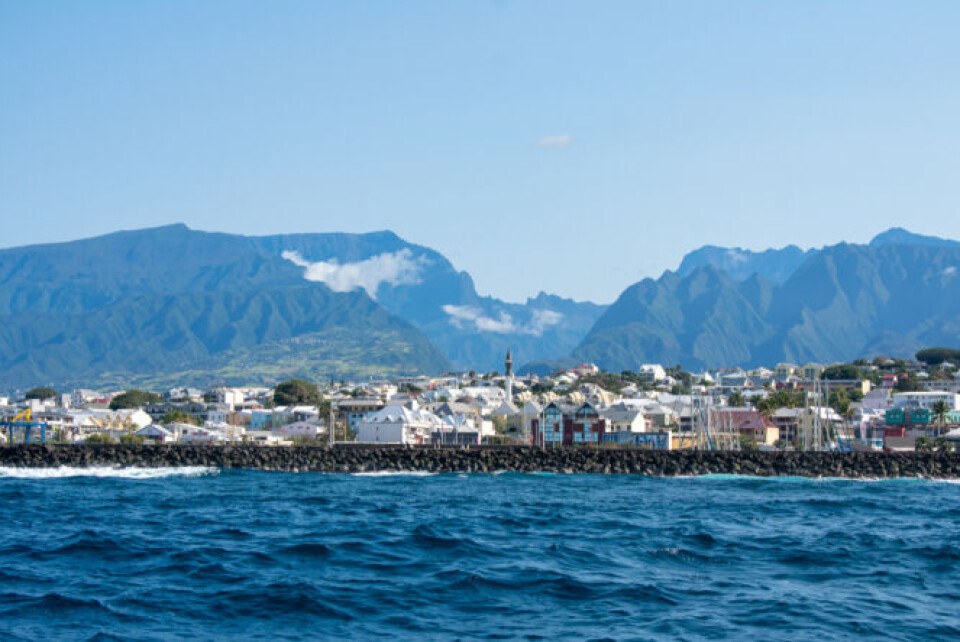
The village of Entre-Deux is located in the southern part of Reunion Island, between two rivers, where "traditional Creole architecture is present everywhere", France TV said.
Its distinctive ‘Pavillon’ has a four-sided roof and ‘reclining wooden hut’, in the style of the village pioneers’ construction methods. Entre-Deux is also famous for its local crafts, including weaving with choka leaves.
Winning is ‘a double-edged sword’
Last year, village authorities said that winning the contest can bring recognition and a tourism boost but can also cause issues due to an immediate spike in visitors to a place that is not designed for it.
Mayor Elisabeth Schneider told France 3: “We didn’t apply. They called us to tell us that they had selected our village to represent the region, because they thought it was very beautiful and well maintained.”
The mayor did not immediately say yes to the idea as she was aware that taking part in the competition (especially winning) can be a double-edged sword.
She consulted local residents and shopkeepers and spoke to leaders in other villages that had been part of the competition in previous years. She said: “Some of the feedback was very positive, others more mixed. We eventually decided to go for it.”
Related articles
France’s favourite village announced… but it now fears the crowds
Locals clash over win as crowds flock to France's favourite village
























